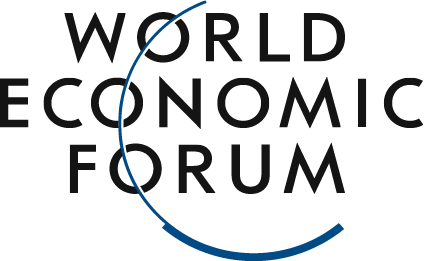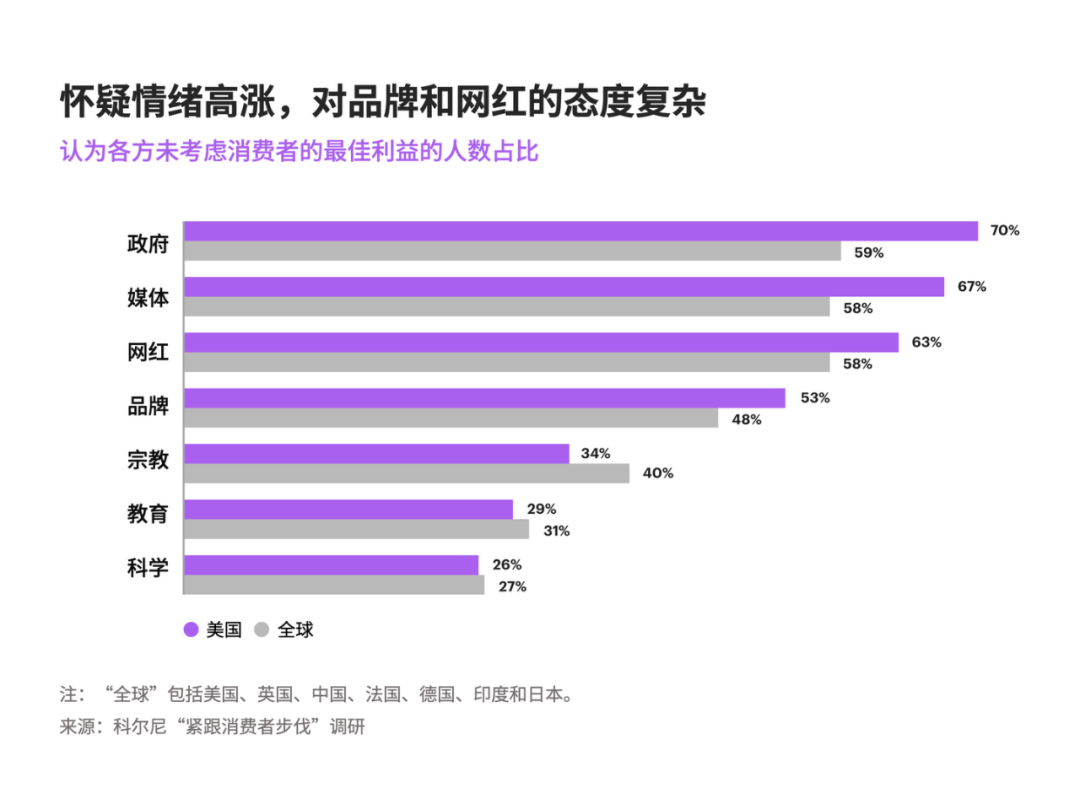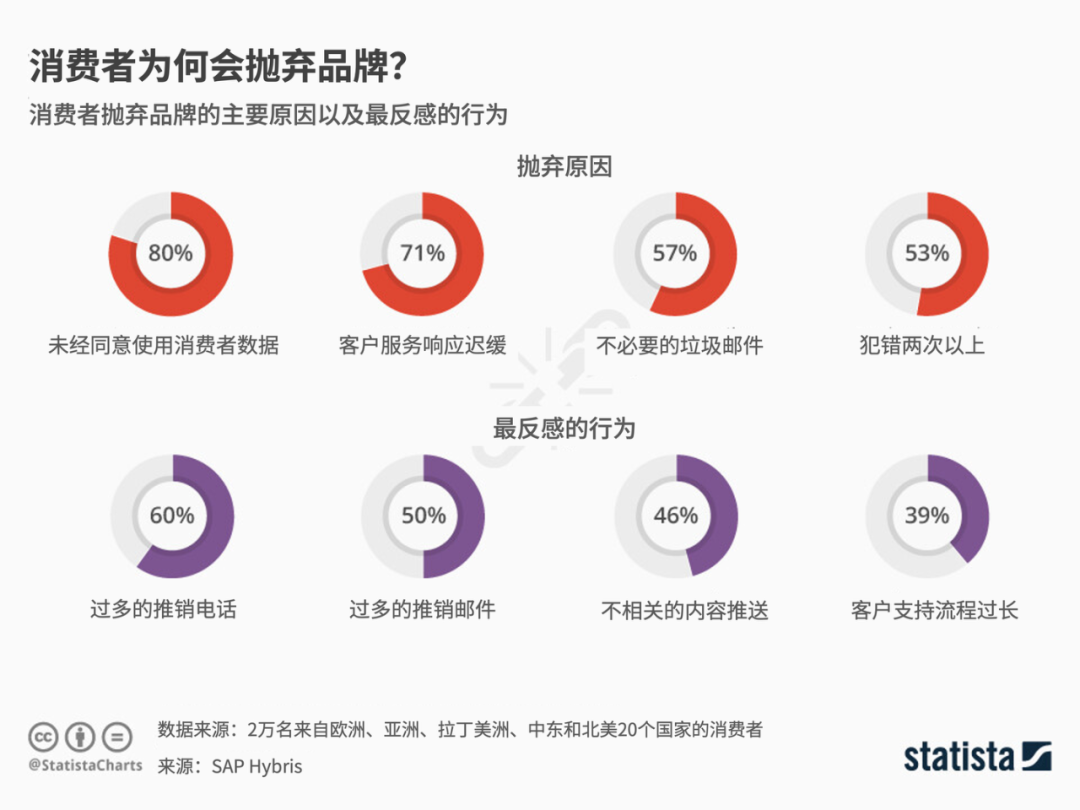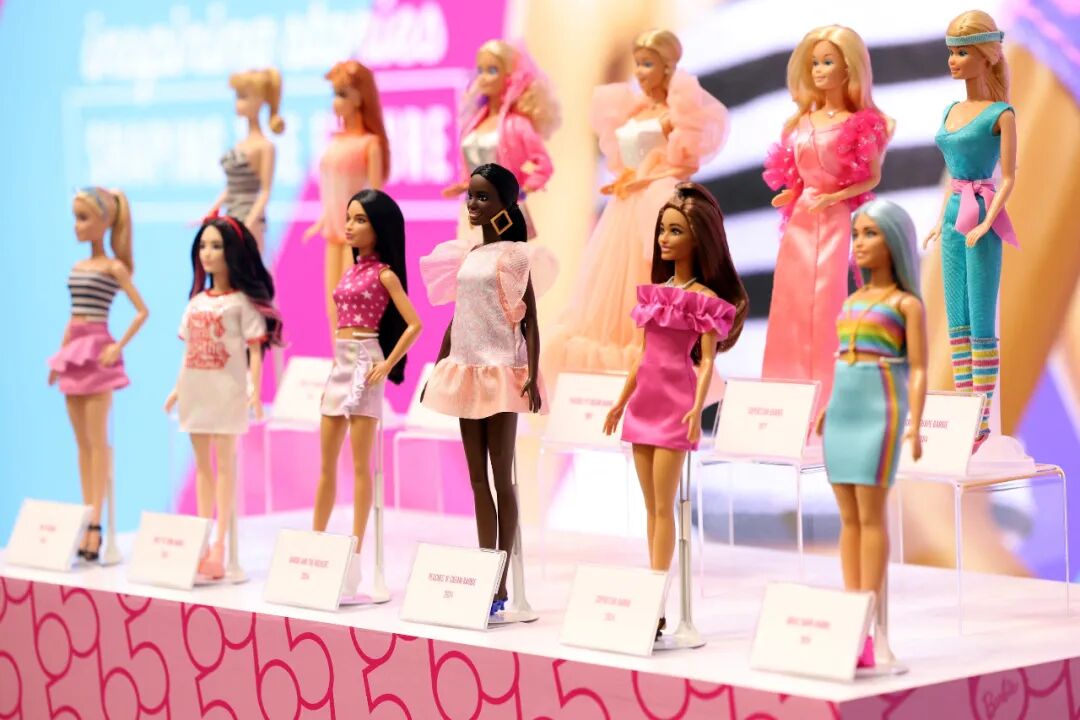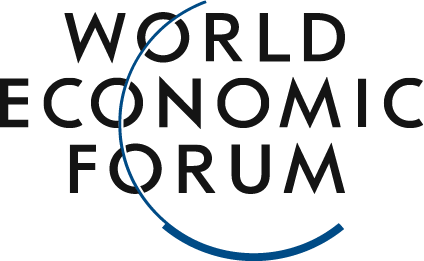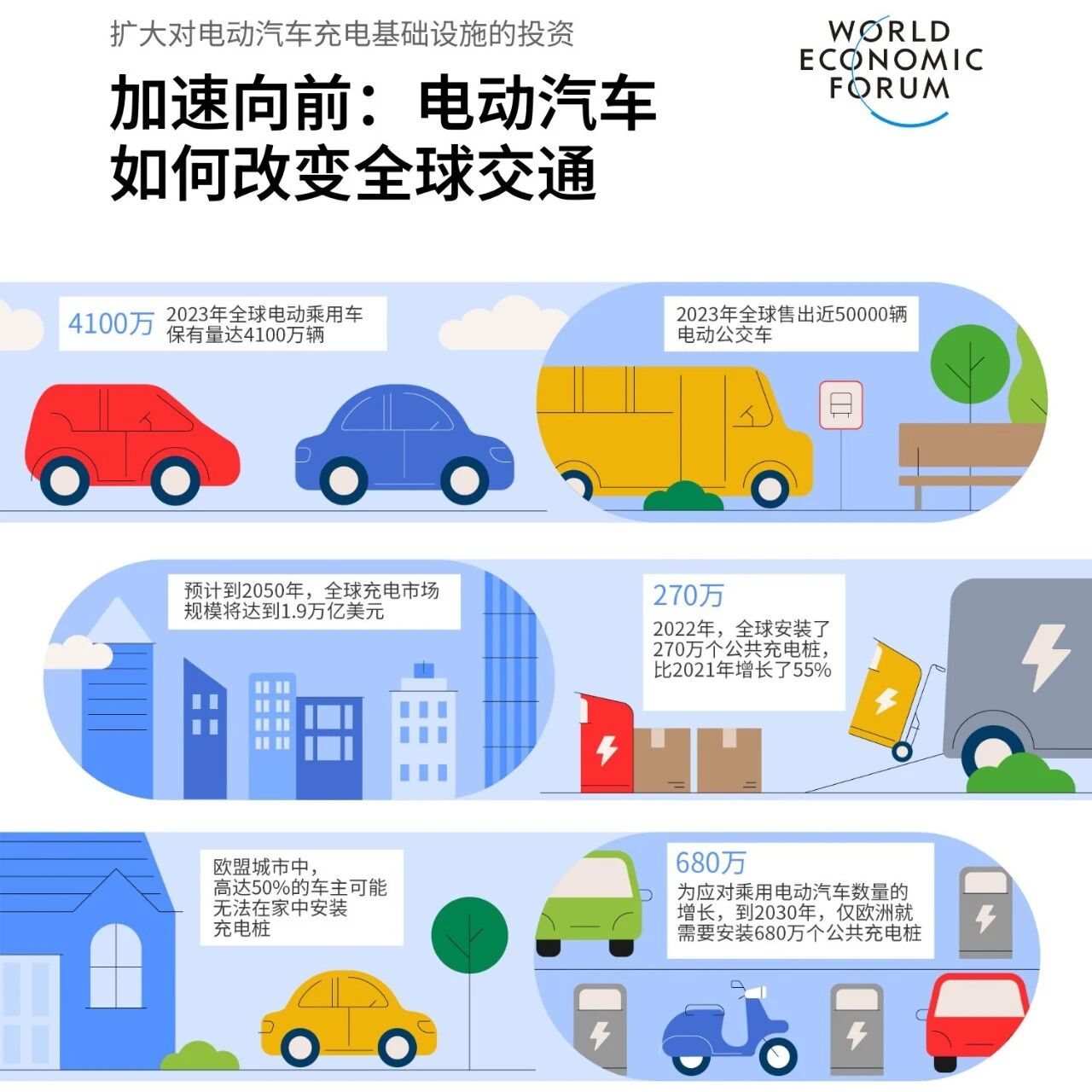A wide range of choices can overwhelm consumers and create challenges for brands.
Image source:REUTERS/Arnd Wiegmann
Rhiannon Thomas
Senior Partner at Kearney and Global Head of Consumer Goods & Retail
Katie Thomas
Head of the Kearney Consumer Institute
The seemingly endless array of product choices is influencing consumers' purchasing decisions and loyalty.
Choosing difficult questions makes it harder for brands to understand exactly what consumers truly want or need in terms of choice.
High-quality products, genuine product guarantees, and improved communication with consumers can help brands resolve the tension between diverse choices and customer loyalty.
We’ve all been there: buying Black Friday deals at 40% off even when we don’t really need them; opting for faster delivery, even if it means using more fuel or generating extra packaging waste; or jumping on the bandwagon to grab the latest books, beauty products, fashion items, or tech gadgets—simply because everyone else has.In today’s complex society, this kind of decision-making happens daily—often multiple times within a single day for many people. We’ve been led to believe that having more choices is a good thing, but upon closer examination, the reality tells a different story. As highlighted in Korn Ferry Consumer Insights (KCI)’s new report, "Keeping Pace with Consumers," the sheer abundance of options hasn’t empowered consumers—it has instead left them feeling overwhelmed.Public skepticism is on the rise, and brands should take it seriously. For instance, according to a study by A.T. Kearney, 48% of global consumers believe brands aren’t prioritizing their best interests, while 58% share the same view about influencers.Research shows that 48% of consumers worldwide believe brands are not acting in their best interests.
The Consumer's Dilemma in ChoiceIt’s estimated that around 30,000 new products enter the U.S. market each year. No wonder consumers find themselves lingering uncertainly in front of the potato chip aisle—or getting lost amid the vast array of milk options. This "analysis paralysis" can even lead consumers to avoid making decisions altogether, such as hesitating to finalize their purchase after adding items to the cart.Seemingly endless choices are also impacting consumer loyalty. On one hand, consumers lack the incentive to remain loyal, as switching costs have never been lower. On the other hand, having too many options may actually lead consumers to favor established or time-tested brands—brands that eliminate the need for decision-making or shield them from being overwhelmed by a dizzying array of choices.Choosing complex options also puts brands under pressure. It becomes even harder for brands to understand exactly which aspects consumers truly want or need the freedom to choose, which ones they don’t care about, and which product and service features matter most—or least—to them. If handled poorly, brands could find themselves in a precarious situation.For instance, the misconception that "more choices lead to a better consumer experience" could prompt brands to diversify into too many areas, resulting in excessive fragmentation. Brands may also feel tempted to copy popular products from other suppliers, ultimately diluting their own unique value proposition. In such scenarios, when brand innovation takes precedence over product quality, companies risk losing consumers who still prioritize performance and reliability.Why do consumers abandon brands?
Ultimately, brands, consumers, and the broader society could face a triple impact:1. From a brand perspective, the lack of genuine product guarantees can quickly lead to chaos, causing consumers to lose trust—this in itself is a serious issue.2. If consumers plan to buy or are encouraged to purchase goods but cannot afford the associated costs, it may lead to negative financial consequences.3. Beyond these pressing concerns, there are also deeper issues like sustainability and environmental impact—areas where many brands have already made ambitious commitments. Take the "haul" culture as an example: people buy large quantities of items, often trying them on just once or using them solely for online showcases, which fuels a cycle of overconsumption and rising return rates. Moreover, "haul" culture heavily relies on fast-fashion products manufactured cheaply, most of which end up being single-use items.In this environment, how can consumers make the right choices? And how can brands help consumers make informed decisions while simultaneously meeting the needs of both parties?Establish key connectionsFirst, brands must ensure they have a solid foundation. This means delivering high-quality products that align with consumers' lifestyles and environmental needs. After all, if even the most basic needs aren’t met, how can you possibly offer a truly delightful experience? Brands need to gain a deeper understanding of consumers’ shopping motivations—as well as the factors they genuinely value and prioritize—in order to excel even further.Second, brands should clearly define and focus on their core values—ensuring authenticity and building trust. Brands shouldn’t try to appeal to everyone, as this approach will inevitably lead to conflicts and contradictions. Brands that recognize this reality are more likely to deliver on their promises, avoiding confusion or disappointment among potential consumers.Third, brands need to find ways to connect with consumers and authentically convey their unique brand personality. For instance, we’re increasingly seeing brands stepping outside their traditional positioning—whether through partnership strategies, channel choices, interactive approaches, or even the very language they use. From KFC’s crisis management during its chicken shortage to Barbie’s rebranding effort via Hollywood, brands are now redefining their identities to resonate more deeply with consumers in a way that feels both relatable and genuine.Barbie is reshaping its modern brand image through Hollywood, showcasing how the brand can rediscover its identity to captivate consumers.
Image source:REUTERS/Mario Anzuoni
Fourth, optimize the feedback loop with consumers. Clearly defining your brand positioning is crucial, but equally important is understanding and reflecting how consumers perceive your brand—since these two perspectives can sometimes differ significantly.Can brand loyalty and diverse choices really not coexist?As with most relationships, there’s always a certain tension between consumer demand and brand offerings—but that doesn’t mean it’s unsolvable. Brands can view this tension as an opportunity to gain deeper insights into consumer needs and preferences, ultimately fostering a stronger connection with their audience.The good news for businesses is that people tend to gravitate toward the familiar. This not only saves consumers from having to carefully weigh specific purchasing decisions but also significantly simplifies the process of resolving choice dilemmas, preventing them from feeling overwhelmed.More importantly, although the experiences mentioned above primarily come from consumer goods companies, they apply equally to all types of organizations that provide products and services to others. Wishing everyone a more convenient shopping experience!
The above content solely represents the author's personal views.This article is translated from the World Economic Forum's Agenda blog; the Chinese version is for reference purposes only.Feel free to share this in your WeChat Moments; please leave a comment at the end of the post or on our official account if you’d like to republish.
Translated by: Di Chenjing | Edited by: Wang Can
The World Economic Forum is an independent and neutral platform dedicated to bringing together diverse perspectives to discuss critical global, regional, and industry-specific issues.
Follow us on Weibo, WeChat Video Accounts, Douyin, and Xiaohongshu!
"World Economic Forum"
